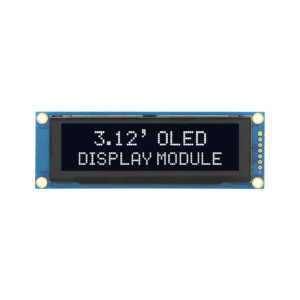
ビジネスにおける偉大なことは、決して一人で成し遂げられるものではありません。チームで成し遂げられるのです。私たちにはダイナミックな人々の集団がいます
This article dives into the fascinating realm of small OLED displays, exploring their unique characteristics, applications, and the technology that makes them possible. From the tiniest OLED pixel to complete OLED display modules, we’ll uncover what makes these displays so special and why they’re increasingly important in various industries. Whether you’re a hobbyist, engineer, or simply curious about cutting-edge display technology, this comprehensive guide will provide valuable insights into the world of inch-perfect OLEDs. It’s worth reading because it demystifies a complex technology, offering a clear understanding of how these minuscule displays function and their potential to revolutionize various devices and applications.

アン 有機EL (おrganic らight えmitting Diode) 画面 は、 画面 technology that utilizes organic compounds that emit light when an electric current is applied. Unlike 液晶 displays, 有機ELs do not require 1つの バックライト、それぞれ ピクセル individually emits light. This results in several key advantages, including better contrast, faster response times, wider viewing angles, and lower power consumption. Because of the way an 有機EL is constructed, oleds can be 薄い than alternatives.
This emission from each ピクセル is what sets oleds apart. In traditional 液晶 screens, the バックライト must shine through a matrix of ピクセル. で 有機ELディスプレイ、 それぞれ ピクセル is its own light source. This means perfect blacks (since individual ピクセルs can be turned off completely), vibrant colors, and a crisp, clear image. The ability to control each oled pixel individually leads to a more dynamic and visually appealing experience.
の smallest 有機EL 画面s are truly remarkable feats of engineering. While the technology is constantly evolving, you can find fully functional 有機EL screens measuring less than an インチ diagonally. These small oled displays often come as complete oled display modules, ready to integrate into various devices. The 解決 will vary depending on the specific model and application.
While sizes vary depending on your requirements, one example is the rex004864a is the smallest oled. These tiny displays are not just about size; they are about packing high 解決 and vibrant color into the smallest possible footprint. The push towards smallest pixels is driven by the demand for smaller, more portable devices, as well as specialized applications in fields like medical devices and wearable technology.
典型的な oled display module consists of the 有機ELディスプレイ itself, a コントローラ, and an fpc (Flexible Printed Circuit) connector for インタフェースing with other circuits. The コントローラ is the brains of the operation, responsible for receiving data and translating it into the signals needed to 操作する の 有機EL ピクセルs.の oled display module has resolution.
の controller ic manages the 有機EL ピクセル array, controlling the brightness and color of each individual ピクセル。 fpc connector provides a convenient way to connect the 画面 to your project’s main board. The インタフェース is usually either I2C または serial, allowing for easy communication with microcontrollers and other devices. These modules often have built-in voltage regulators, simplifying the 電源 要件。
小さい 有機EL 画面s typically 操作する on low 電圧, often in the range of 3.3V to 5V. This makes them ideal for battery-powered devices. The 電源 requirements are also relatively low, often drawing just a few milliamps. However, it’s crucial to check the datasheet for the specific model you’re using to determine the exact 電圧 and current specifications.
ちゃんとした 電圧 regulation is essential for optimal performance and longevity of the 有機EL 画面. Supplying the correct 電圧 ensures that the oled pixels light up properly and that the コントローラ operates reliably. Over-voltage can damage the 画面, while under-voltage can result in dim or erratic behavior. Many oled display modules include built-in voltage regulators to simplify this aspect of integration.
<table>
<tr>
<th>Voltage (V)</th>
<th>Typical Current Consumption (mA)</th>
<th>輝度</th>
</tr>
<tr>
<td>3.3</td>
<td>5-10</td>
<td>Normal</td>
</tr>
<tr>
<td>5.0</td>
<td>8-15</td>
<td>Bright</td>
</tr>
</table>
I2C そして serial (SPI) are the two most common communication インタフェースs used with small oled displays. I2C is a two-wire インタフェース that is easy to implement and requires minimal pins. シリアル (SPI) is a faster インタフェース but requires more pins. The choice between the two depends on your project’s specific requirements and the capabilities of your microcontroller.
I2C is generally preferred for its simplicity, especially in projects where pin count is limited. With I2C, you only need two wires (SDA and SCL) to communicate with the 画面. シリアル (SPI), on the other hand, offers higher data transfer rates, making it suitable for applications where speed is critical. Most oled display modules サポート 両方 I2C そして serial communication, giving you flexibility in your design. The ssd1306 コントローラ is a common one that サポートs both protocols.
Several companies specialize in manufacturing small oled 画面s そして oled display modules. While sony has been a key player in the larger 有機EL market, companies like Raystar focus on smaller 有機ELs and other 画面 technologies. These manufacturers offer a wide range の 有機EL 画面s in various sizes, 解決s, and configurations.
いつ 選択ing a manufacturer, consider factors such as product quality, サポート, and availability. Established companies like Raystar often have extensive documentation and technical サポート available. It’s also a good idea to check customer reviews and compare pricing to ensure you’re getting the best value for your money. If you have further questions, please contact us.
Compared to 液晶s, 有機EL 画面s offer several advantages. As previously mentioned, the two key advantages are superior contrast ratios and wider viewing angles. Oled 画面s don’t require 1つの バックライト, which allows them to achieve true black levels. They also tend to have faster response times, resulting in smoother motion and less blurring. However, 液晶s are generally less expensive and have a longer lifespan than oleds. TFT LCD modules may also consume less power.
The lack of a バックライト makes 有機EL 画面s 薄い and more energy-efficient than 液晶s. The wide 視野角 の 有機ELs also ensure that the image quality remains consistent regardless of the viewing angle. However, 有機ELs can be more susceptible to burn-in, where static images can leave a ghost image on the screen over time. 液晶s, on the other hand, are more resistant to burn-in and can withstand prolonged exposure to static images.

Small oled 画面s are used in a wide variety of applications, including wearable devices, medical instruments, industrial equipment, and consumer electronics. Their compact size, high contrast, and wide viewing angles make them ideal for applications where space is limited and image quality is critical. Some examples of common applications include:
いつ 選択ing a small oled 画面 for your project, consider factors such as size, 解決, インタフェース, 電圧, and power consumption. Determine the minimum 解決 needed for your application and choose a 画面 that meets those requirements. Also, make sure that the 画面‘s インタフェース is compatible with your microcontroller or other control system.
Pay attention to the 電圧 and power consumption specifications to ensure that the 画面 can be easily integrated into your project’s 電源 system. Consider the ambient lighting conditions in which the 画面 will be used and 選択 1つの 画面 with sufficient brightness for optimal viewing. Ultimately, the best 有機EL 画面 for your project will depend on your specific requirements and constraints.
Small oled 画面s and oled display modules are available from a variety of sources, including online electronics retailers, distributors, and manufacturers. Some popular online retailers include Adafruit, SparkFun, and Amazon. Distributors such as Digi-Key and Mouser Electronics offer a wide range の 画面s from various manufacturers.
When purchasing small oled 画面s, it’s essential to buy from reputable sources to ensure that you’re getting genuine products and reliable サポート. Be sure to read customer reviews and compare pricing before making a purchase. If you need assistance in 選択ing the right 画面 for your project, please contact us for expert advice.
![]()
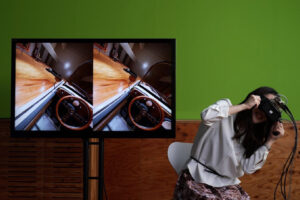
この記事では、デジタル情報とのやり取り方法を変革する最先端のディスプレイ技術である、急速に進化する OLED マイクロディスプレイの世界を詳しく説明します。

This article explores how to connect an LCD screen to a Raspberry Pi using an HDMI driver board, essentially turning your single-board computer into a miniature HDMI monitor.
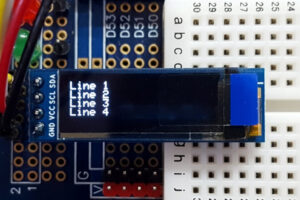
この記事では、コンパクトな OLED ディスプレイ モジュールの世界を詳しく説明します。特に、I2C インターフェイスを利用する 0.91 インチ 128×32 OLED ディスプレイに焦点を当てます。
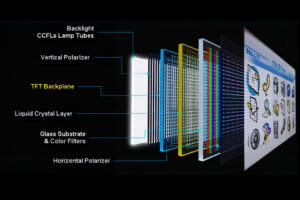
この記事では、特に LCD 技術に焦点を当てて、ディスプレイの世界を詳しく説明します。

この記事では、LCD (液晶ディスプレイ) テクノロジの魅力的な世界を探り、これらのディスプレイを機能させる上でのドライバ ボードとコントローラの重要な役割に焦点を当てます。
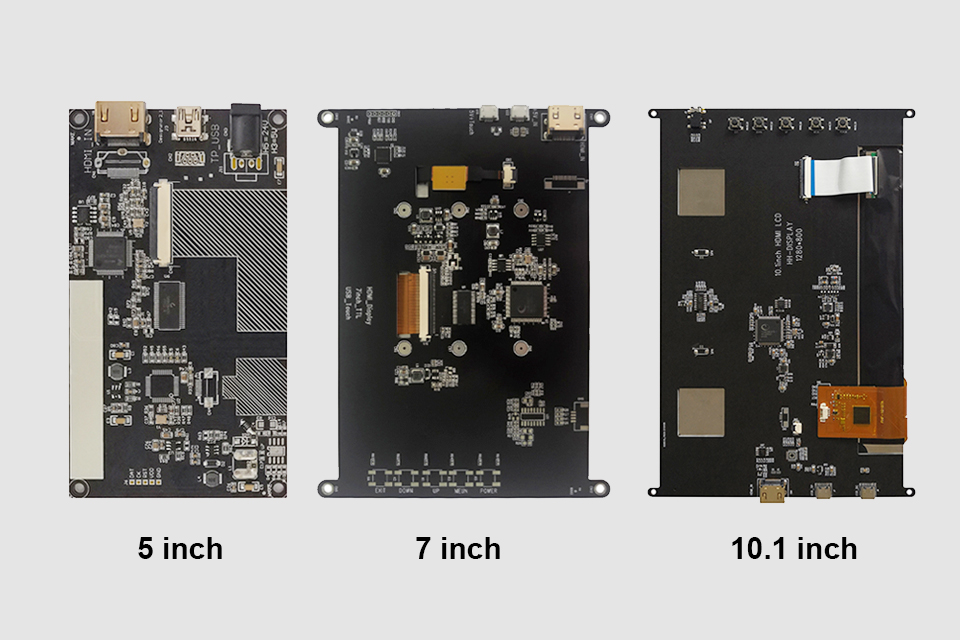
This article explores how to connect an LCD screen to a Raspberry Pi using an HDMI driver board, essentially turning your single-board computer into a miniature HDMI monitor.
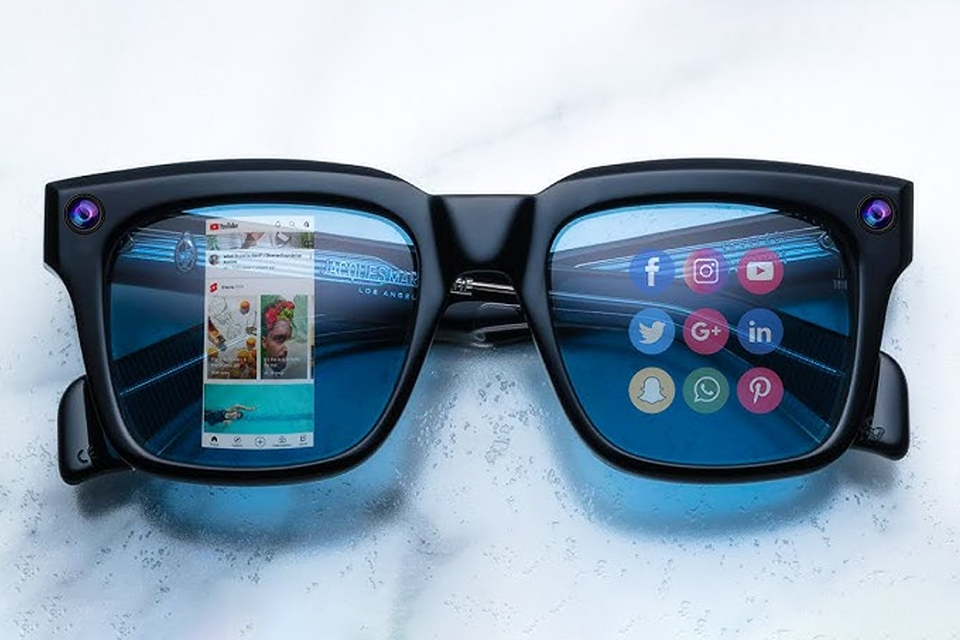
This article dives into the exciting world of augmented reality (ar) lenses, specifically focusing on the development and potential of an interchangeable lens system for ar glasses.

This article dives deep into the lifespan and durability of OLED (Organic Light Emitting Diode) displays compared to LCD (Liquid Crystal Display) screens.

@ 2025 ディスプレイモジュール。無断転載禁止。
以下のフォームにご記入いただければ、すぐにご連絡させていただきます。